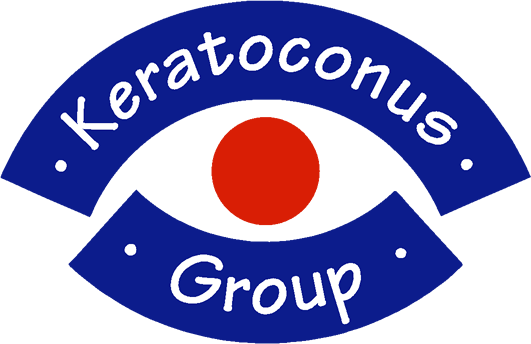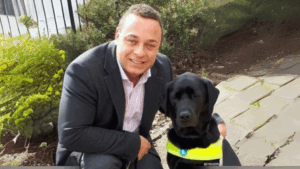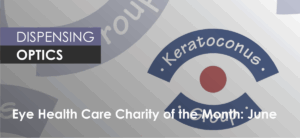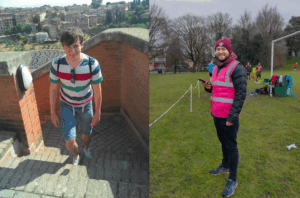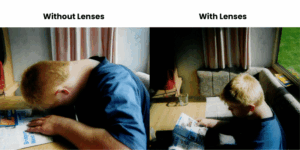
NIHR grant awarded to Dr. Shafi Balal for community sourced AI-powered keratoconus research
The National Institute for Health and Care Research (NIHR) have awarded Dr. Shafi Balal a prestigious Doctoral Fellowship at University College London (UCL). The NIHR Doctoral Fellowship
